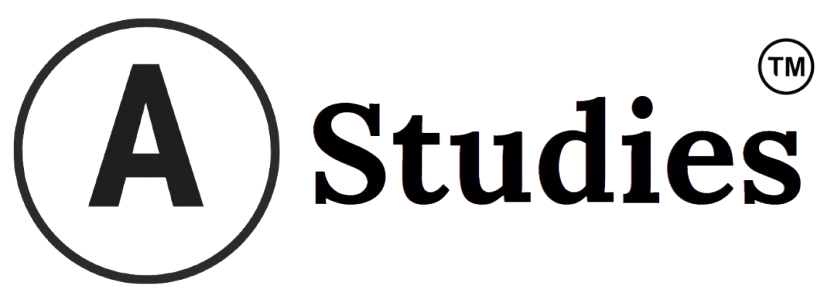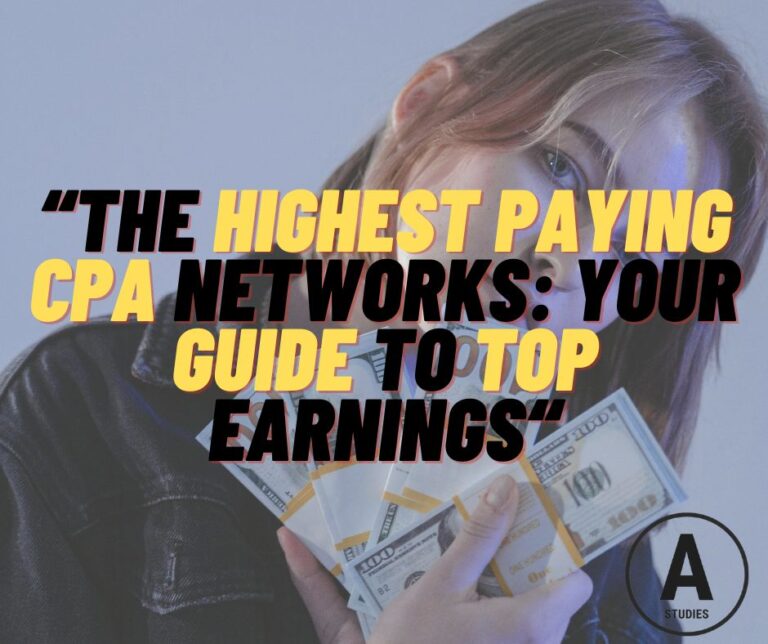Choosing the Right Affiliate Program: A Beginner’s Guide

Starting your affiliate marketing journey can feel overwhelming, especially when faced with thousands of programs to choose from. Learning how to choose the right affiliate program as a beginner is crucial for your success because the wrong choice can waste months of effort and leave you with little to show for your work. The key lies in understanding your niche and audience first, then matching that knowledge with programs that align with your goals and values.
Many beginners make the mistake of jumping into affiliate programs based solely on high commission rates or popular brand names. However, successful affiliate marketing requires a strategic approach that considers multiple factors, from cookie duration to payment methods. This comprehensive guide will walk you through every essential factor you need to evaluate when selecting your first affiliate programs.
Understanding Your Niche and Audience
Before diving into any affiliate program, you need to have a clear picture of your target audience and niche. Your niche is the specific topic or industry you’ll focus on, while your audience consists of the people who will consume your content and potentially purchase through your affiliate links.
Defining Your Niche
Choose a niche that intersects three important areas: your interests, your expertise, and market demand. Popular niches include health and wellness, personal finance, technology, home and garden, and lifestyle products. However, don’t just pick a niche because it’s profitable – you’ll need to create consistent, valuable content in this area for months or years.
Research Your Target Audience
Understanding your audience means knowing their demographics, pain points, buying behaviors, and preferred communication styles. Create detailed buyer personas that include:
- Age range and gender
- Income level and spending habits
- Biggest challenges and problems they face
- Where they spend time online
- What type of content they prefer (videos, blogs, social media posts)
- How they make purchasing decisions
Match Programs to Your Audience
Once you understand your audience, look for affiliate programs that offer products or services your audience actually wants and needs. A fitness blogger’s audience likely differs significantly from a personal finance blogger’s audience, and your affiliate program choices should reflect these differences.
Types of Affiliate Programs
Different affiliate programs operate on various compensation models, and understanding these structures will help you choose programs that align with your goals and audience behavior.
Cost Per Sale (CPS)
CPS programs pay you a commission when someone makes a purchase through your affiliate link. This is the most common type of affiliate program and typically offers the highest payouts per conversion, where you earn a percentage of each sale, or software companies that pay a flat fee for each subscription sold.
Cost Per Action (CPA)
CPA programs pay you when someone completes a specific action, such as signing up for a free trial, filling out a form, or downloading an app. These actions don’t always involve money changing hands, which can make conversions easier to achieve. However, CPA payouts are often lower than CPS programs.
Revenue Sharing (Rev-Share)
Revenue sharing programs give you a percentage of the ongoing revenue generated by customers you refer. This model is common in subscription-based services where you continue earning as long as the customer remains subscribed. While initial payouts might be smaller, the long-term earning potential can be significant.
Cost Per Click (CPC)
CPC programs pay you for each click on your affiliate links, regardless of whether the visitor makes a purchase. While this might sound appealing, CPC rates are typically very low, and many quality affiliate programs don’t use this model because it can encourage low-quality traffic.
Hybrid Programs
Some programs combine multiple compensation models. For example, you might earn a small amount for each click, a larger amount for sign-ups, and the biggest payout for actual sales. These programs can provide multiple income streams from the same promotional efforts.
Evaluating Commission Rates and Payout Structures
Commission rates and payout structures are critical factors when choosing an affiliate program. A high commission rate doesn’t always guarantee higher earnings; you need to consider the product price, type, and payment terms.
Understand Industry Standards
Different niches have typical commission ranges:
- Physical products: 1–10% per sale
- Digital products: 20–50% per sale
- Software and SaaS: 20–30% or $50–200 per sale
- Financial services: $25–500 per conversion
- Online courses: 30–50% per sale
Consider Product Prices
A low commission on a high-ticket product may earn more than a high commission on a cheap product. For example:
- 2% on a $2,000 product = $40
- 50% on a $20 product = $10
Payment Structures
Affiliate programs may offer:
- One-time payment: You earn a single commission for each sale.
- Recurring payment: Common for subscription services, you earn as long as the customer stays subscribed.
- Tiered commissions: Some programs increase your commission rate as you achieve higher sales volume.
Payout Frequency and Methods
Check how often you get paid (weekly, bi-weekly, or monthly) and through which methods (PayPal, bank transfer, Payoneer, crypto). Programs with flexible payment options make it easier for beginners to receive earnings.
Other Factors to Consider
- Minimum payout threshold – lower is better for beginners
- Refund or chargeback policies – ensure you’re not penalized unfairly
By carefully evaluating commission rates and payout structures, you can maximize your earnings while avoiding programs that may seem attractive but offer limited real profit potential.
Checking Program Reputation and Trustworthiness
Not all affiliate programs are created equal. Some offer great products but fail to pay affiliates on time, while others may have shady practices that hurt your credibility.
Research Reviews and Testimonials
Search for other affiliates’ experiences with the program. Forums, Facebook groups, and Reddit can reveal whether affiliates are paid fairly and on time.
Check Company Background
Look into how long the company has been around. Established brands with years of history are less risky than new, unverified programs.
Transparency and Communication
Legitimate programs provide clear terms, transparent tracking systems, and responsive affiliate managers. If communication is vague or slow, that’s a red flag.
Cookie Duration and Why It Matters
Affiliate cookies track the users you send to a website. If they make a purchase within the cookie duration, you earn a commission.
- Short cookies (24 hours – 7 days) are common in retail (e.g., Amazon Associates).
- Medium cookies (15–30 days) are more balanced and give you a fair chance.
- Long cookies (60–90 days or lifetime) are common in software or high-ticket products, often leading to higher earnings.
A longer cookie duration usually increases your earning potential, especially for audiences who need time before making a decision.
Product Quality and Brand Credibility
Promoting low-quality products can ruin your reputation fast. Always ask yourself: Would I recommend this product to my best friend?
Signs of High-Quality Products:
- Positive customer reviews
- Strong refund/return policies
- Clear value proposition
- Professional branding and website design
A credible brand makes conversions easier because your audience already trusts the company.
Payment Methods and Minimum Payout Thresholds
Affiliate programs vary widely in how and when they pay.
Common Payment Methods:
- PayPal – fast and global
- Bank transfer – secure, but slower
- Payoneer – good for international affiliates
- Cryptocurrency – increasingly popular in certain niches
Payout Thresholds:
Some programs let you cash out at $10, while others require $100 or more. If you’re a beginner, choose programs with lower payout thresholds so you see results faster.
Support, Training, and Affiliate Tools Provided
The best programs don’t just give you a link—they give you the tools to succeed.
Look for programs that offer:
- Banners, email templates, and ad creatives
- Detailed tracking dashboards
- Affiliate training or webinars
- A responsive affiliate manager
Support can make the difference between struggling alone and quickly finding success.
Comparing Affiliate Networks vs. Direct Programs
Affiliate Networks (e.g., CJ, ShareASale, ClickBank):
- Pros: Access to many programs in one place, easier to manage
- Cons: Sometimes lower commissions, more competition
Direct Programs (brand-specific, like Bluehost or Shopify):
- Pros: Higher commissions, better support, stronger relationship
- Cons: You’re tied to one brand, harder to diversify
Beginners often start with networks, but direct programs usually pay more once you gain experience.
Long-Term Growth and Scalability Potential
Think beyond quick wins. Some programs may offer fast commissions, but will they still be around in 3–5 years?
Signs of Long-Term Potential:
- Evergreen products (health, finance, software, education)
- Recurring commission structures (subscriptions, memberships)
- Strong brand growth and future-proof niche
Choosing scalable programs helps you build sustainable passive income instead of chasing short-term profits.
Conclusion
Choosing the right affiliate program as a beginner is one of the most important steps in your journey. Instead of blindly chasing high commissions, focus on program reputation, audience alignment, cookie duration, payment options, and long-term growth.
By carefully evaluating each program, you’ll avoid costly mistakes and set yourself up for consistent earnings. Remember, affiliate marketing is not just about selling—it’s about building trust with your audience while promoting products that truly help them.
Top 10 Must-Have Qualities for Affiliate Marketers: A Complete Guide to Building Your Career






